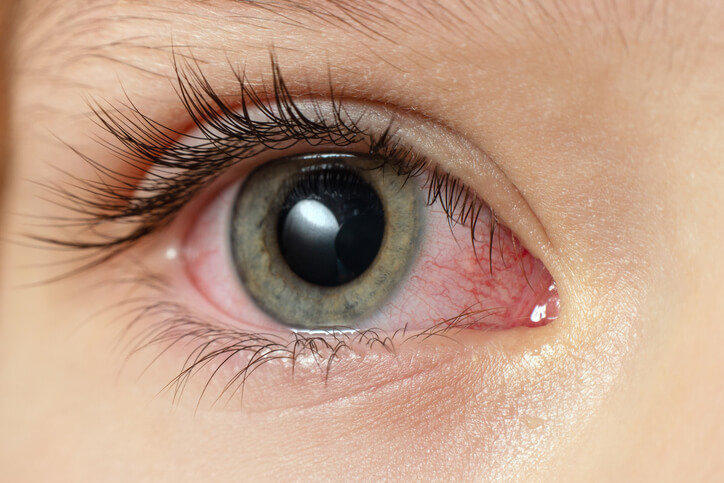Can You Take Modafinil While Breastfeeding — and Is It Safe for Your Baby?
Modafinil is a widely prescribed medication for sleep disorders such as narcolepsy, shift work disorder, and obstructive sleep apnea. But when it comes to breastfeeding mothers, questions arise about its safety for the infant. This article examines what the current clinical data shows about the transfer of modafinil into breast milk and its potential effects on breastfed infants.
What Is Modafinil?
Modafinil is a central nervous system stimulant classified as a wakefulness-promoting agent. It is composed of two enantiomers — R-modafinil (active) and S-modafinil (inactive) — and has a half-life of approximately 15 hours, with steady-state concentrations typically reached within 2 to 4 days (Greenblatt & Adams, 2025).
It is primarily used to treat:
- Narcolepsy
- Obstructive Sleep Apnea (OSA)
- Shift Work Disorder
Pharmacologically, modafinil works by increasing dopamine levels in the brain through dopamine transporter inhibition, enhancing alertness and reducing fatigue (Greenblatt & Adams, 2025).
Is Modafinil Present in Breast Milk?
What LactMed Tells Us
Clinical case reports have shown that modafinil — particularly its active R-enantiomer — is excreted into breast milk in measurable quantities. In one study, a mother taking 250 mg of modafinil daily had peak R-modafinil concentrations in milk of up to 2.3 mg/L, with an average concentration of 1.2 mg/L over 24 hours. This resulted in an estimated infant dosage of 0.18 mg/kg/day (LactMed, 2025).
Another mother taking 400 mg per day showed infant exposure to be about 1.6% of the maternal plasma level (LactMed, 2025). These estimates are considered conservative since S-modafinil levels were not measured and might add to total exposure.
Case Report Confirmation
A separate case report published in the Journal of Clinical Sleep Medicine found similar results. The relative infant dose (RID) was calculated at 5.3%, which is below the commonly accepted safety threshold of 10% (Aurora et al., 2018).
Are There Documented Effects on Breastfed Infants?
In both case reports and clinical monitoring scenarios, no adverse effects were observed in infants exposed to modafinil via breast milk. Infants showed normal growth and development over follow-up periods of up to six weeks (LactMed, 2025; Aurora et al., 2018).
A limited number of mothers (fewer than six) in a case-control study breastfed while taking modafinil, and again, no infant side effects were reported (LactMed, 2025).
What Do Official Sources Recommend?
While observational evidence is reassuring, caution remains advised. The FDA prescribing information for Provigil® (modafinil) notes that it is unknown whether the drug is excreted in human milk and recommends weighing potential benefits against risks before prescribing to nursing mothers (FDA, 2015).
LactMed also advises that until more safety data is available, modafinil use during breastfeeding should be paired with careful infant monitoring — or alternate medications should be considered (LactMed, 2025).
Conclusion
Early clinical evidence suggests that modafinil may be compatible with breastfeeding under careful supervision. Milk and infant serum levels are low, and no short-term adverse outcomes have been reported. However, due to the limited data available, healthcare providers should carefully consider each case, explore safer alternatives when possible, and monitor infants for any signs of side effects.
References
- Aurora, S., Aurora, N., Datta, P., Rewers-Felkins, K., Baker, T., & Hale, T. W. (2018). Evaluating transfer of modafinil into human milk during lactation: A case report. Journal of Clinical Sleep Medicine, 14(12), 2087–2089. https://doi.org/10.5664/jcsm.7546
- Greenblatt, K., & Adams, N. (2025). Modafinil. In StatPearls. StatPearls Publishing. https://www.ncbi.nlm.nih.gov/books/NBK531476/
- National Institute of Child Health and Human Development. (2025, April 15). Modafinil. In Drugs and Lactation Database (LactMed®). National Library of Medicine. https://www.ncbi.nlm.nih.gov/books/NBK513058/
- U.S. Food and Drug Administration. (2015). PROVIGIL® (modafinil) tablets, for oral use, C-IV [Prescribing information]. U.S. Department of Health and Human Services. https://www.accessdata.fda.gov/drugsatfda_docs/label/2015/020717s037s038lbl.pdf








